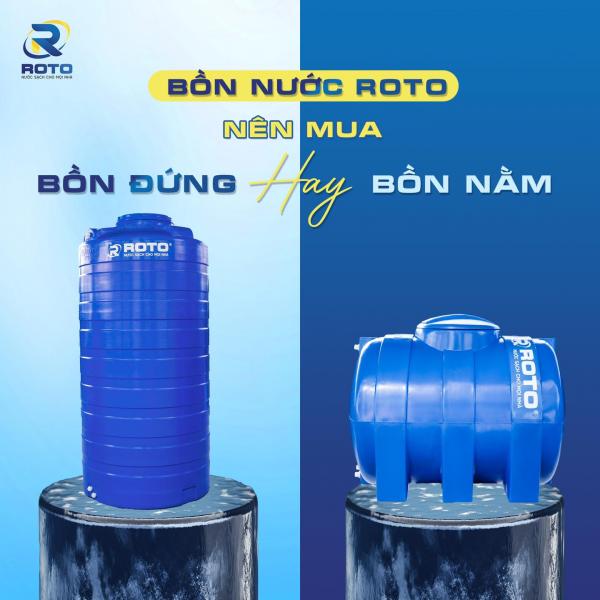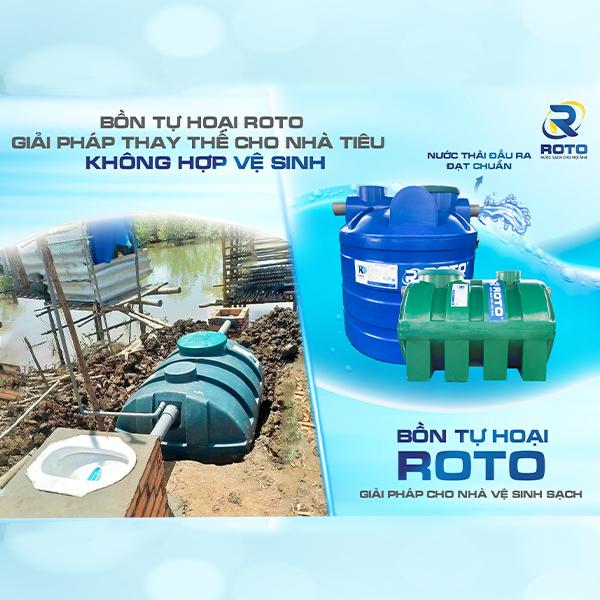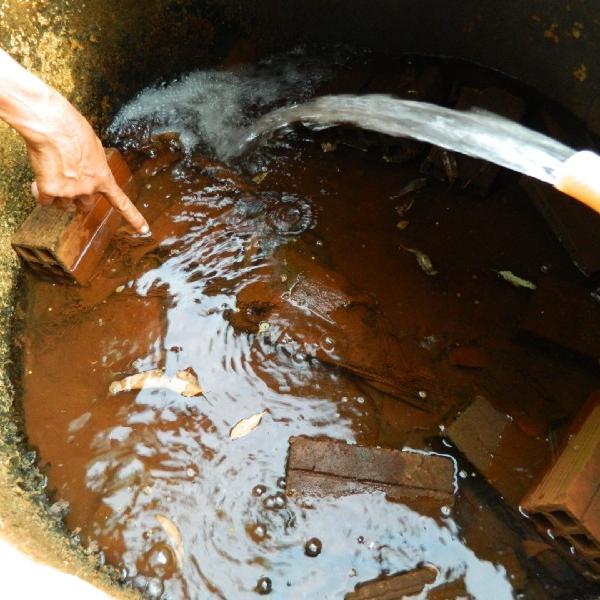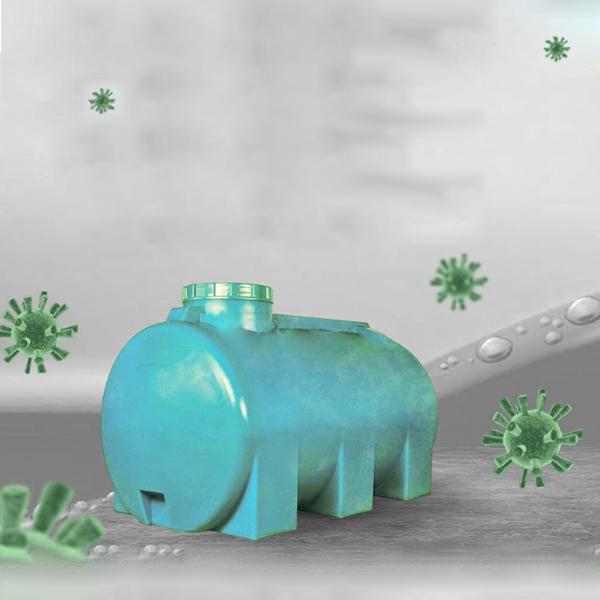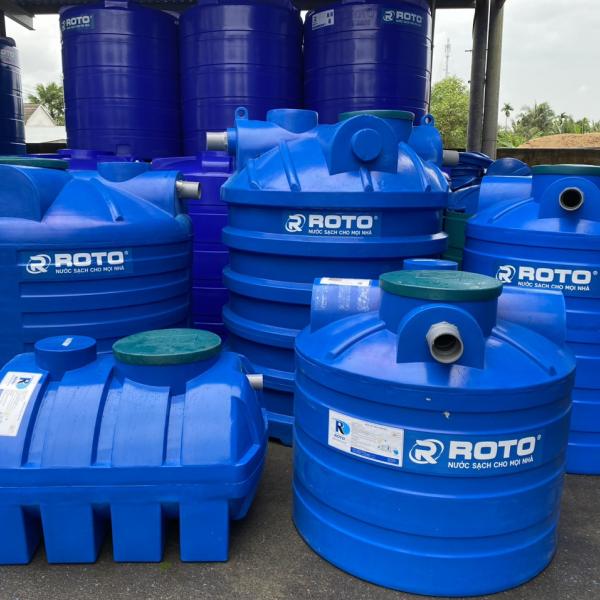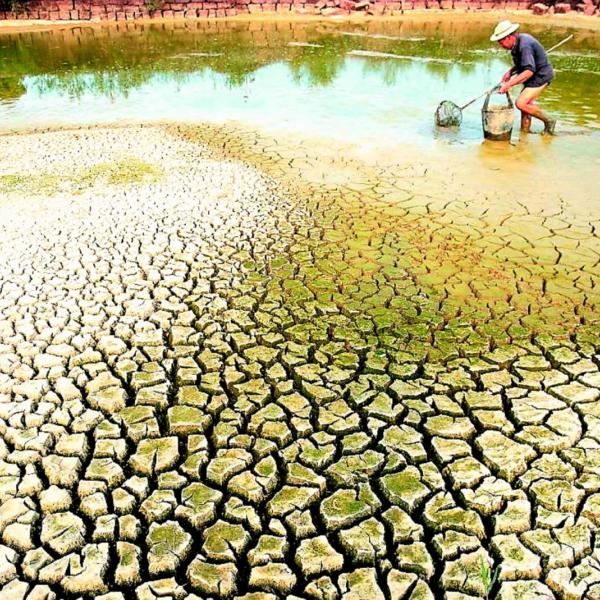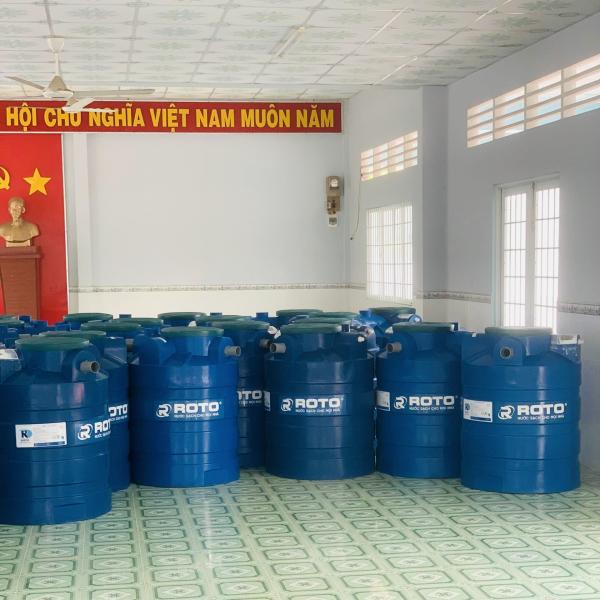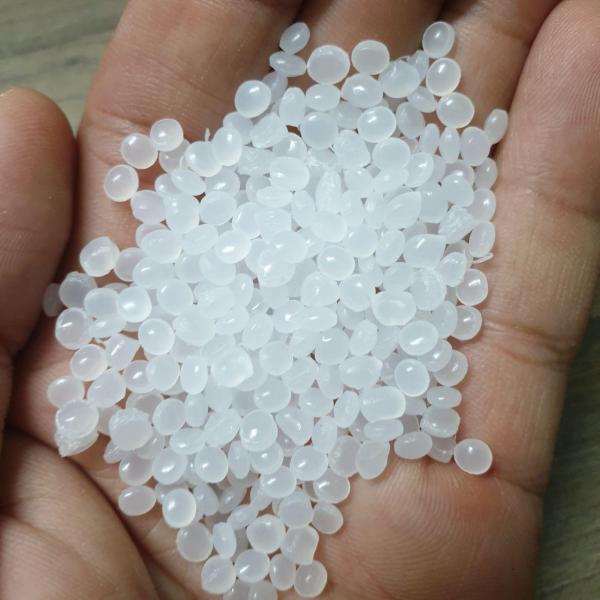1. Plastic terminology (What is plastic?)
Plastics (plastics) or in English known as plastics, plastic resins are polymeric compounds. They are used as raw materials to produce many different types of plastic materials to serve daily life such as: Tables, chairs, bottles, raincoats, plastic bags, cups, plates, bowls, and pipes. , synthetic resins, etc. And modern industrial products applied in production, import and export.
The term plastic is derived from the Greek word plastikos, which means fit for molding. This refers to a materials flexibility or ductility during manufacturing. Plastics can be molded, pressed, or compressed into a variety of shapes. From thin films to fibers, sheets, tubes, bottles, boxes… and more.
2. Structure of plastic
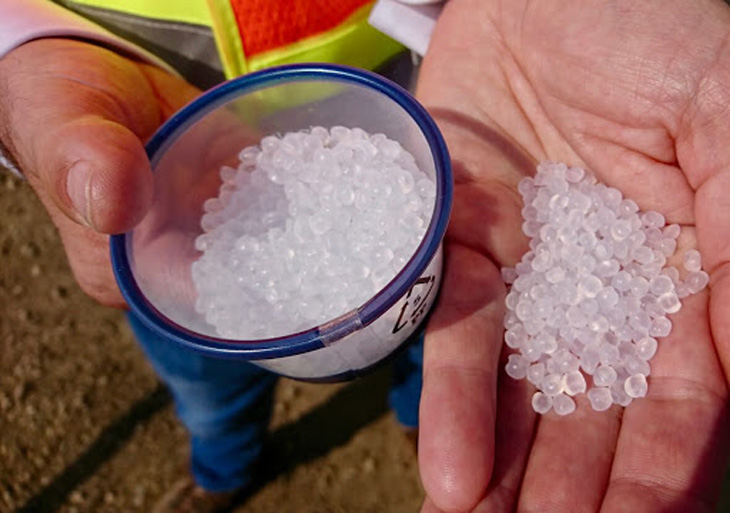
- Most plastics contain organic polymers. The components of plastic like wood, paper or wool, raw materials… To make plastic are natural products such as: Cellulose, coal, natural gas, salt and of course crude oil. Plastic has been and is becoming a modern material. Widely used to replace materials from fabric, wood, leather, metal, glass... Because of the characteristics of plastic, it is durable, light, hard to break and colorful.
- More than 50% of plastics, organic and other inorganic compounds (additives from 0% for polymers)… All are applied in the electronics industry. Nowadays, it is common to mix additives when producing. To improve performance (increasing toughness, hardness, softness, ductility). Or reduce the cost of production (filling cheap materials to make the product cheaper per unit weight) out. They also add flame retardants to reduce the flammability of the material. The fillers are usually minerals such as chalk. Among them, colorants are the most common additives. Although their weight is a small percentage (colorants come in brush, powder, liquid form.)
3.Plastic classification
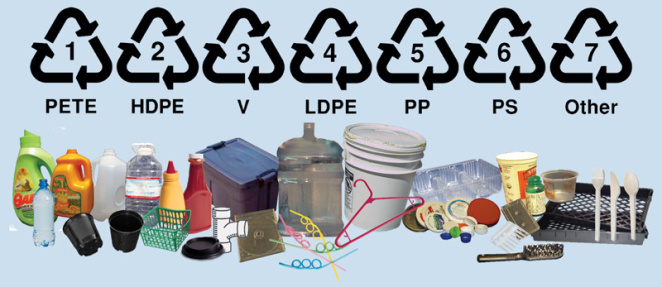
Plastic granules are the main basis of all plastics. However, through different processes, these plastics can be modified to suit specific needs. First, the plastic is created by heat cracking the hydrocarbons; This is called the jailbreak process. The larger molecules of plastic are broken down into different hydrocarbons such as ethylene and propylene. The temperature used in this "Breaking" process is largely responsible for the amount and type of hydrocarbons.
After this process is finished, the different compounds produced will be formed into a chain. This chain is known as a polymer. Creating different chains and polymers allows plastic companies to create plastics with different properties. The difference makes them used in different applications. For the food industry, a special polymer can encapsulate hot products. For companies that make bottles, soft drinks and waste containers, they will need polyethylene terephthalate. Higher density polyethylene is required for the thicker plastics used for medicine bottles, film containers, and baby bottles. When wrapping food as leftovers, youll usually get a thin transparent plastic wrap, made from polyvinyl chloride.
a. Classification according to the effect of polymers on temperature:
- Thermoplastic: A plastic that, when heated to a soft melting point, softens. And when the temperature is lowered, it solidifies. This type is usually synthesized by polymerization. The macromolecular chains of thermoplastics are linked by weak bonds (hydrogen bonds, vanderwall). Mechanical properties are not high when compared to thermoset plastics. Thermoplastics are recyclable many times, for example: Polyethylene (PE), polypropylene (PP), polystyrene (PS), poly methyl methacrylate (PMMA), poly butadiene (PB), poly ethylene tere phthalate (PET) ),...
- Thermosetting plastic: Is a high-molecular-weight compound capable of transitioning to a 3-dimensional state under the influence of temperature; Or the effect of a chemical reaction. After that, it cannot be melted or dissolved again, and there is no possibility of regeneration. Some thermosetting resins such as: Urea forcmadehyt [UF], epoxy resin, phenol formaldehyde (PF), melamine resin, unsaturated poly ester...
- Elastomer: A plastic that is as elastic as rubber.
b. Sort by application:
- Common plastic: It is a type of plastic that is used in large quantities and cheap. Widely used in Plastic production processes such as: PP, PE (HDPE), PS, PVC, PET, ABS,...
- Engineering plastic: Is a type of plastic with superior mechanical properties compared to common plastics. Often used in industrial products, such as: PC, PA, .....
- Specialized plastics: These are synthetic resins that are only used separately for each case.
4. APPLICATION of plastic.
Plastics are extremely versatile materials and are ideal for a wide range of applications in life and industry. Plastics are used in almost every sector, including packaging manufacturing, building and construction, textiles, consumer products, transportation, electrical and electronics, and industrial machinery.
Aerospace
Safe and cost-effective transport of people and goods is vital to our economy, cutting the weight of cars, planes, boats and trains can cut significant fuel consumption. As a result, the lightness of plastics makes them invaluable to the transportation industry.
Building materials
Construction plastics are increasingly used in applications in the construction industry. They are highly versatile and their combination of excellent strength-to-weight ratio, durability, cost-effectiveness, low maintenance and corrosion resistance make plastics an economically attractive option in the industry. construction sector. Typical products that can be mentioned are the canvas covering works, safety nets, dust nets, ...
Electrical and electronic applications
Electricity powers almost every aspect of our lives, at home and at work, at work and at play. And everywhere we find electricity, we also find plastics.
Plastic bag
Plastic is the perfect material to use in packaging. Plastics are flexible, durable, lightweight, flexible, and highly durable. It accounts for the largest amount of plastic use worldwide and is used in many packaging applications including containers, bottles, drums, trays, boxes, cups and vending packaging, baby products. and protective packaging.
Energy production
Wind turbines, solar panels and boom waves
Furniture
Bedding, upholstery and home furniture, plastic water pipes, PVC pipes, ... Typically Tien Phong Plastic Pipe is a supplier of high quality plastic pipes both at home and abroad.
Health
Medical and healthcare syringes, bood bags, tubins, dialysis machines, heart valves, prosthetics and wound dressings
Military helmets, armor, tanks, warships, aircraft and communication equipment, ...
In principle, we can make the plastic according to the desired application by combining the properties of the plastic. Due to these attractive properties, plastics are increasingly used in many applications such as:
.png)

